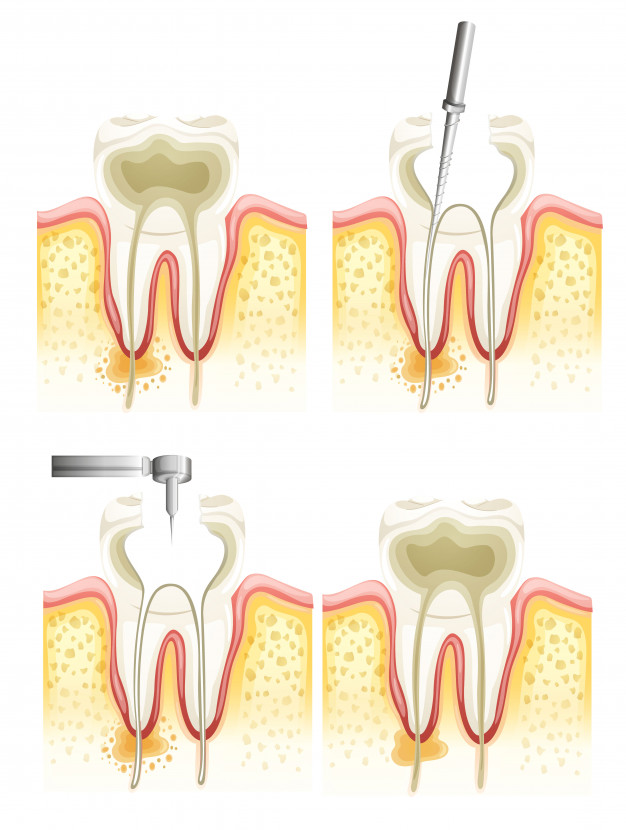“A true smile is when the mouth and the heart coordinate with each other.” ~ Barbara Ann Kipfer
Schedule an Appointment Today:
Root Canals
When the pulp of a tooth dies or becomes inflamed or infected, a root canal is performed to treat the nerve of the root. Dental pulp is a soft substance in the center of your tooth that consists of the nerve, blood vessels and connective tissue. Dr. Orlans removes the pulp while cleaning and sealing the chamber to ensure no bacteria enters the tooth.
A Root Canal can preserve your tooth and prevent the need for dental implants, bridges or dentures.

Signs You Need Root Canal Therapy
The presence of severe ongoing toothpaice upon chewing or application of pressure is a sign that the pulp inside your tooth is sensitive and inflamed. Sensitivity to hot or cold temperatures, even after the source has been removed also indicates problems in the pulp of the tooth, as well as swollen or tender gums, decay or darkening of the gums, or a chipped or cracked tooth.
What is Dental Pulp?
The pulp of the tooth lies in the pulp chamber. It is the soft area withing the center of the tooth that contains the nerve, the blood vessels and the connective tissue. The chamber connects down through the root or legs of the tooth.
When the pulp begins to break down, bacteria and debris can cause an infection or an abscess. An abscess is a pocket of puss that forms at the root of the tooth. This process can cause swelling in the face, neck and head, cause bone loss around the tip of the root, and can potentially spread the infection to rest of the body. Removing the pulp prevents the potentially severe repercussions of unattended infection.
The Root Canal Procedure
Root canal therapy may require one or more office visits. An X-ray is taken to see the shape of the root canals and determine if an infection has traveled to the jawbone.
After numbing the area, a rubber damn is placed around the tooth to catch the debris that will be cleaned out. An small hole is drilled into the tooth allowing access to the pulp chamber.
A series of canal files is used to slowly free the debris from within the canals with occasional irrigation to flush the debris away. If the tooth is infected, it may be medicated prior to sealing the tooth. A temporary filling may be placed in the exterior hole to keep out contaminents while the infection clears up.
To fill the pulp chamber, a sealer paste and rubber compound are placed into the tooth's root canal before a filling is placed in the exterior hole.
Following your root canal procedure, Dr. Orlans may recommend a crown or a crown and post, or other forms of restoration to prevent breaking and restore function of the tooth.
Root Canal Care After The Procedure
Following your root canal, it will be important to minimize chewing at the location of the procedure to prevent infection. The area may be sore for a time. Over the counter pain medications are often sufficient at managing the pain. In most cases, you will be able to resume normal activities the next day.
For oncoing care, brush and floss regularly. It's best to schedule a professional cleaning every six months. Regular cleanings can also help to prevent further problems.
Many teeth fixed with root canal therapy can last a lifetime.
Schedule an Appointment Today:

